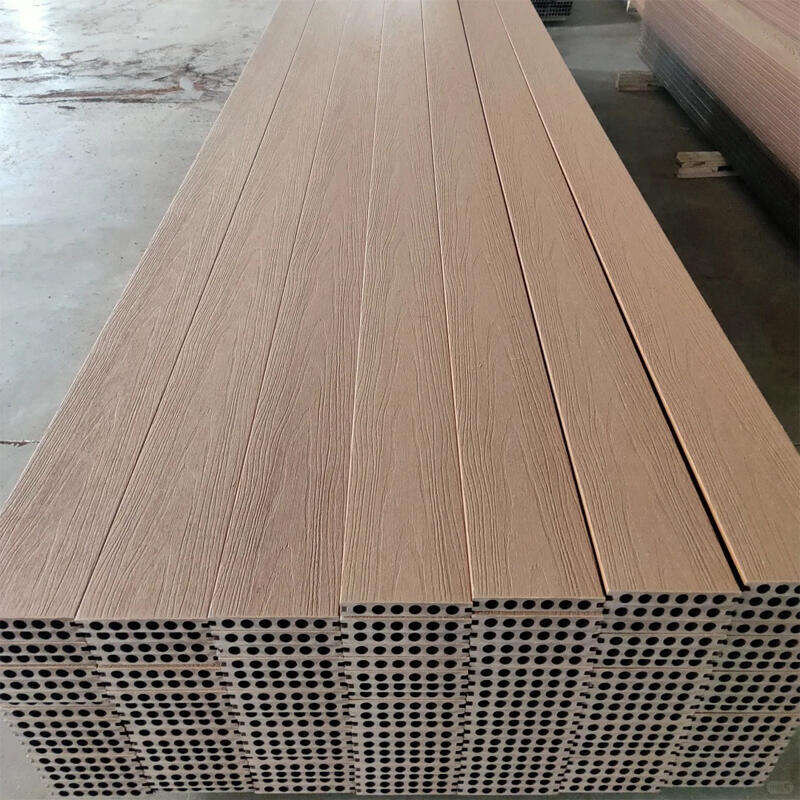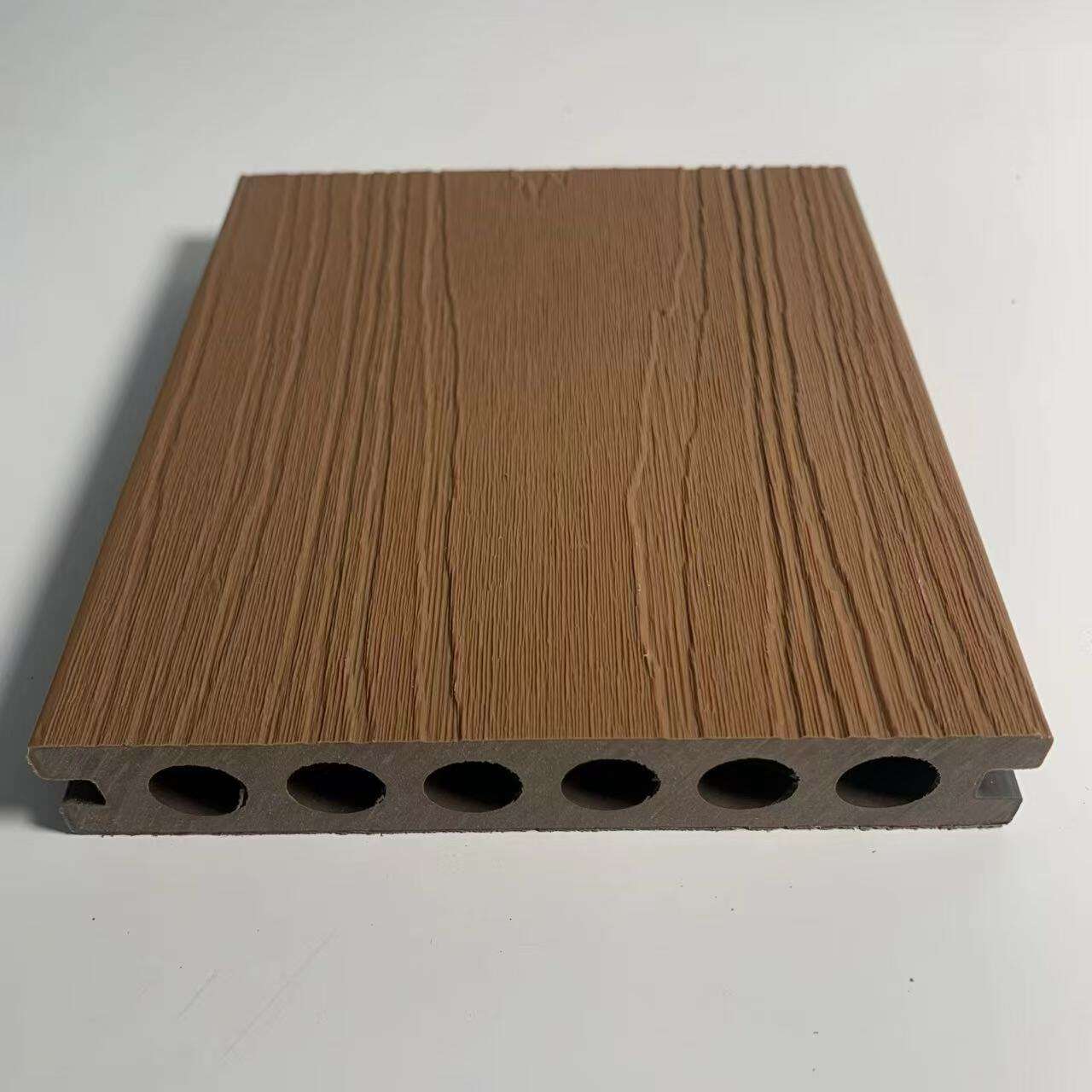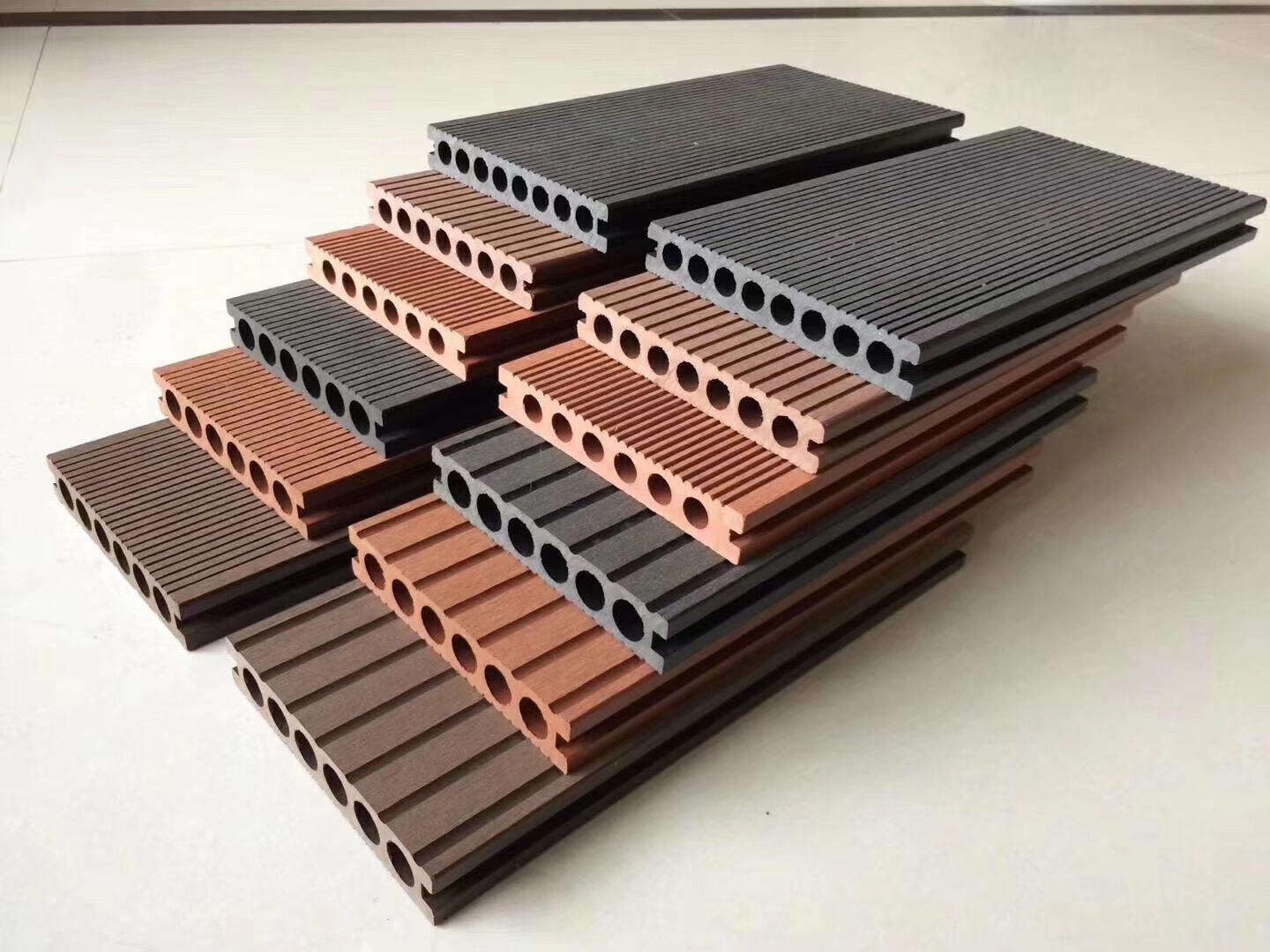Outdoor decking flooring designs have evolved far beyond simple wooden planks, now encompassing a diverse range of materials, patterns, and functional considerations to create outdoor spaces that are both visually stunning and highly durable. Modern decking designs prioritize harmony with the surrounding environment, alignment with architectural style, and adaptability to diverse climates, while integrating features that enhance usability and longevity. Material selection is a cornerstone of effective decking design, with options including pressure treated wood, hardwoods (like ipe and teak), composite decking (WPC), PVC, and even concrete pavers. Each material offers unique aesthetic and performance characteristics: hardwoods provide rich, natural tones but require regular maintenance; composite decking offers wood like appearance with minimal upkeep and moisture resistance; PVC decking excels in wet environments; and concrete pavers offer unparalleled durability for high traffic areas. Designers often mix materials to create visual interest—for example, combining composite planks with stone accents or using contrasting colors to define zones within the deck. Pattern and layout play a crucial role in enhancing visual appeal. Common patterns include horizontal planks (the most traditional, creating a sense of width), diagonal layouts (adding dynamism and making spaces feel larger), and herringbone or chevron patterns (introducing sophistication and texture). Picture framing—using a border of contrasting planks around the deck perimeter—adds definition, while inlays or medallions can create focal points. Multi level deck designs, with steps and transitions, are ideal for sloped yards, creating distinct areas for dining, lounging, and entertaining. Functional elements are integral to modern decking designs. Built in features like benches, planters, and storage compartments maximize space efficiency, while integrated lighting (recessed LEDs in steps, post caps, or under railings) extends usability into the evening. Slip resistant surfaces are critical for safety, especially around pools or in rainy climates, with textured materials or brushed finishes reducing the risk of accidents. Drainage systems, such as gap spacing between planks or hidden channels, prevent water pooling and extend the deck’s lifespan. Environmental considerations also shape design choices, with sustainable options like FSC certified wood, recycled composite decking, and permeable materials that allow rainwater to infiltrate the ground, reducing runoff. Climate specific designs are essential: in coastal areas, corrosion resistant hardware and salt tolerant materials are necessary; in snowy regions, wider gaps facilitate snow removal; and in hot climates, light colored materials or heat resistant composites prevent surfaces from becoming too hot to walk on. Ultimately, outdoor decking flooring designs are a balance of form and function, transforming outdoor spaces into extensions of the home that reflect personal style, withstand the elements, and provide years of enjoyment.



Copyright © 2025 by Shandong Falading New Decoration Material Co., Ltd. | Privacy policy